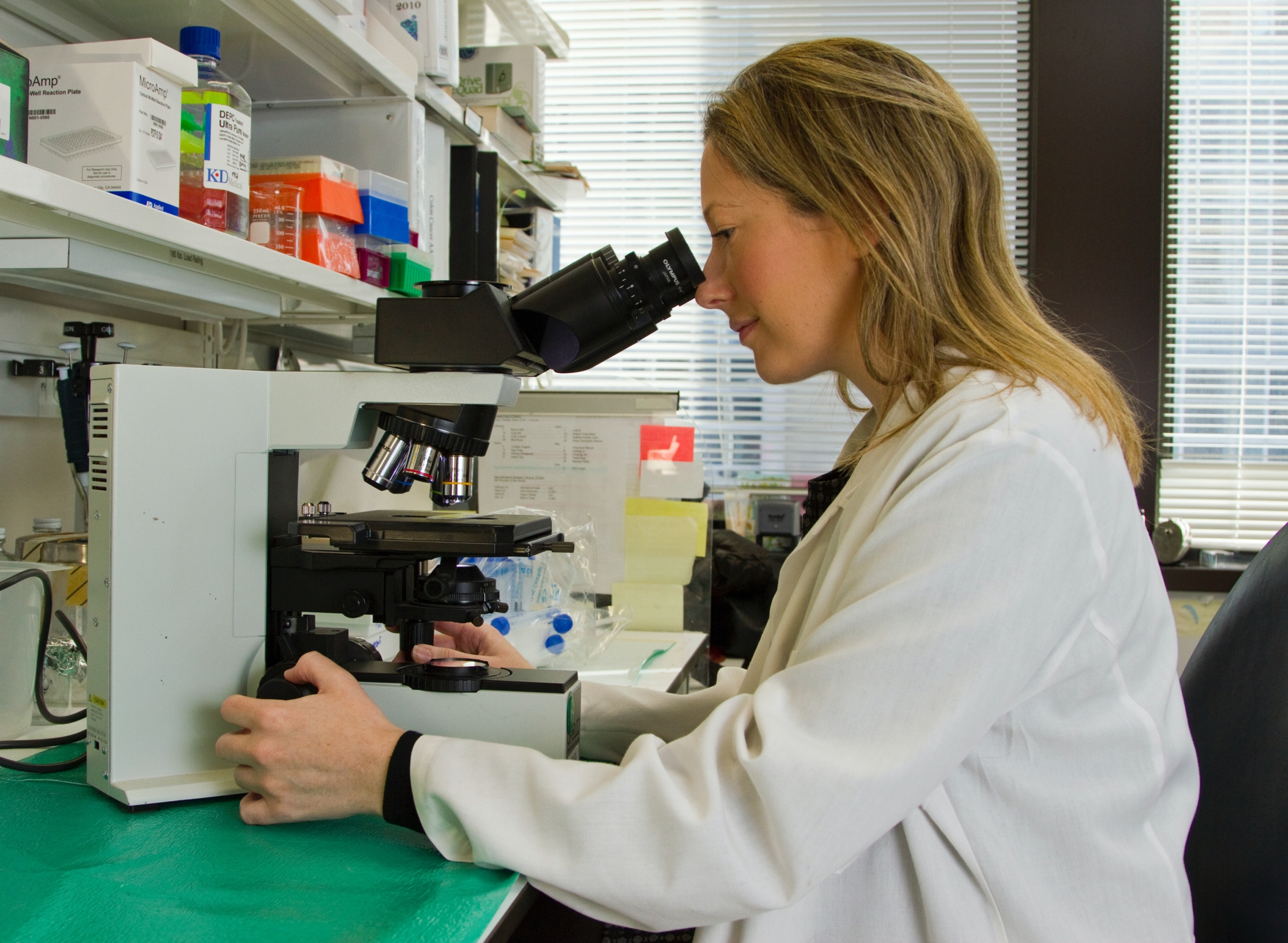Cervical Cancer Rates Within the Underdeveloped World
 Cervical cancer is defined as a malignant tumor in the lowermost part of a woman’s uterus. Many cancers do not have prevention tactics. However, cervical cancer is one of the few that does. Doctors can fend off this cancer by putting a stop to the human papillomavirus virus (HPV), the pathogen that causes the disease. The treatment is a simple vaccine most preteens receive around the age of 11 or 12, as well as screenings using Papanicolaou (Pap) smears. However, treatments are not as easy for women in the developing world to receive, causing cervical cancer rates in these areas to surpass those in higher-income countries.
Cervical cancer is defined as a malignant tumor in the lowermost part of a woman’s uterus. Many cancers do not have prevention tactics. However, cervical cancer is one of the few that does. Doctors can fend off this cancer by putting a stop to the human papillomavirus virus (HPV), the pathogen that causes the disease. The treatment is a simple vaccine most preteens receive around the age of 11 or 12, as well as screenings using Papanicolaou (Pap) smears. However, treatments are not as easy for women in the developing world to receive, causing cervical cancer rates in these areas to surpass those in higher-income countries.
The Stats
According to the National Library of Medicine, cervical cancer is the third most common cancer worldwide, with 80% of cases located in the developing world. Approximately 190,000 women in low-and-middle-income countries die from this illness each year. Poorer countries lack access to information and awareness about the risks and development of cervical cancer. Women can also encounter major cost barriers that block them from getting proper screenings. For example, in Zambia, cervical cancer is the most common cancer in the country, with 65.5 cases per 100,000 women. It accounts for 23% of all cancer cases. Another example of this phenomenon is in Tanzania. In 2020, 9,770 cervical cancer cases were reported for every 100,000 women. Of these cases, 6,695 were fatal.
Not only do many underdeveloped countries lack knowledge and screenings for cervical cancer, some do not have access to the HPV vaccine. Places such as Venezuela, Nicaragua and Cuba have yet to implement this vital inoculation process because of cost restrictions.
Missions to Help
Several organizations work with underdeveloped countries to find ways to diminish the barriers that create high cervical cancer rates. In 2020, the International Atomic Energy Agency (IAEA) and the Joint United Nations Programme on HIV/AIDS (UNAIDS) came together to create a new plan for reducing cervical cancer numbers in impoverished places. The project’s goal is to heighten national support and awareness to mobilize and expand resources for prevention, research, diagnosis and treatments.
Also in 2020, the Pan American Health Organization (PAHO) created a three-pillar plan to eliminate cervical cancer as a public health problem by the end of 2099. PAHO strives to make every country reach the following targets by 2030: 90% of girls vaccinated with the HPV vaccine by age 15, 70% of women having two high-precision screenings between ages 35 and 45 and 90% of diagnosed women receiving treatment.
How Everyone Can Help
According to the World Health Organization’s 2020 Cervical Cancer Elimination Modeling Consortium, cervical cancer rates are presumed to decrease by one-third of the current rate by 2030 through proper execution and continuous commitment to helping poorer countries fight against the disease. Findings show that if girls in low-and-middle-income countries receive HPV vaccinations at a young age, as well as screenings for cancer twice in their lifetime, cervical cancer rates will decrease by 89% in those areas.
Fortunately, there are non-governmental organizations that help women suffering from cervical cancer, particularly in African countries. One example of this charity is the Elekta Foundation. Created in January of 2022, its main purpose is to educate and train professionals to build clinical capabilities in radiotherapy, develop tools to increase cancer care and create awareness and prevention tactics through local governments for African countries. Since the organization is fairly new, directors are still in the piloting process of their fundraising efforts in the sub-Saharan region of Africa. However, from the knowledge gained through this phase, the charity will be able to expand and give access to screenings, diagnostics and treatments all throughout Africa.
Ultimately, staying up to date with cancer-related news in developing countries can be potentially effective in amplifying their voices and addressing their challenges. Educating others about the situations in impoverished regions can also drive increased donations and potentially save lives. Therefore, advocating for the importance of cervical cancer prevention and raising awareness about ways to support the cause appears to be essential steps to actively participate in the cancer prevention movement.
– Nina Donlin
Photo: Unsplash
